No 11: Number of planes matter most to overflown communities
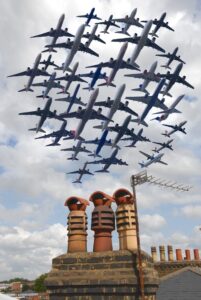 |
This is the first of a number of blogs I will write on what the aviation industry could do to assist communities impacted by noise.
The main lesson I learnt in over twenty years representing residents under the Heathrow flight paths is that what matters to communities above all else is the number of planes flying over them. Airport communities are usually reluctant campaigners. They want to see less noise and fewer aircraft over their heads. Planes have become less noisy over the last 50 years. That is welcome. But numbers have increased significantly at most airports, particularly since the introduction of cheap flights. It is now the volume of planes which is the big problem. |
Most communities have little interest in how many planes in total use an airport or even how many runways it has; their prime concern is the number of planes overhead. Each person has their own tolerance level but the tipping point invariably involves an increase in aircraft numbers
Of course, there are other factors involved: the noise of each aircraft; its height; how it is flown; the time of day (and, particularly, the time of night); as well as non-acoustical factors. And most airports could do a lot more in rewarding best practice in order to mitigate the impact of many of these things
But, if I am right, that the number of planes is the key factor, it should feature front and central in the when the industry is planning its future. Wherever possible, flight paths should be varied to provide respite.
6 July 2024
No 12: Good Operational Practices Cut Noise

Some airports adopt good operational practices. Many don’t.
There are a number of operational practices which can reduce the noise from planes.
Arrivals
Continuous Descent Approach (CDA)
Aircraft can descend in one of two ways: either in a step-by-step fashion or using CDA. CDA can cut noise by between 2.5 and 5 decibels.

At Heathrow nearly 90% of aircraft use CDA. At many airports across Europe it is hardly used at all.
The angle of descent
International rules require aircraft to land a 3 degree angle. Some airports, such as London City with smaller planes and tall buildings to avoid, are permitted to land more steeply. On their final approach to London City planes land at 5.5 degrees. Heathrow is one of the very few large airports to try a steeper angle. It trialled a 3.2 degree approach. It was operationally possible but only had a small impact on noise levels – up to 0.5 decibel reduction. What could make more of a difference is what is known as a ‘two-segment approach’. This involves planes using a steeper angle – perhaps even 5 degrees – further away from the airport before reverting to 3 or 3.2 degrees for the last few miles as the plane steadies to land on the runway. Until trials have been done it is not possible to be certain of the noise improvements but they could be significant.
Lowering the landing gear
For modern aircraft landing gear is the dominant noise source on approach. When landing gear has been lowered noise levels increase by between 3 and 5 decibels. So, the later landing gear is lowered, the less noise. In order to get a stabilized approach landing gear needs to go down at an altitude of 1000–2000ft, about 2–3 minutes before touchdown. It is difficult for an airport to enforce the point at which landing gear is lowered but it is possible to highlight airlines and aircraft which lower it sooner than necessary. ‘
Departures
Rate of ascent
Common sense would suggest that the faster you climb, in order to get as high as you can as soon as possible, would reduce noise levels. In essence, that’s correct but it is a little more complex. If a plane uses all its power to climb steeply on leaving the runway, that will benefit most communities directly under the flight path. But it has four downsides: it will increase noise for people very close to the airport. It will increase air pollution levels in the vicinity of the airport. It will have a significant impact on the wear and tear of engines. It will spread the noise so that communities living either side of the flight path up to about 4,000ft will get more noise
In summary, the way planes are flown in and out of airports can make a big difference to noise levels. If some airports can adopt good practices, why can’t they all?
15 July 2024
No 13: Will decarbonisation hit aviation growth?
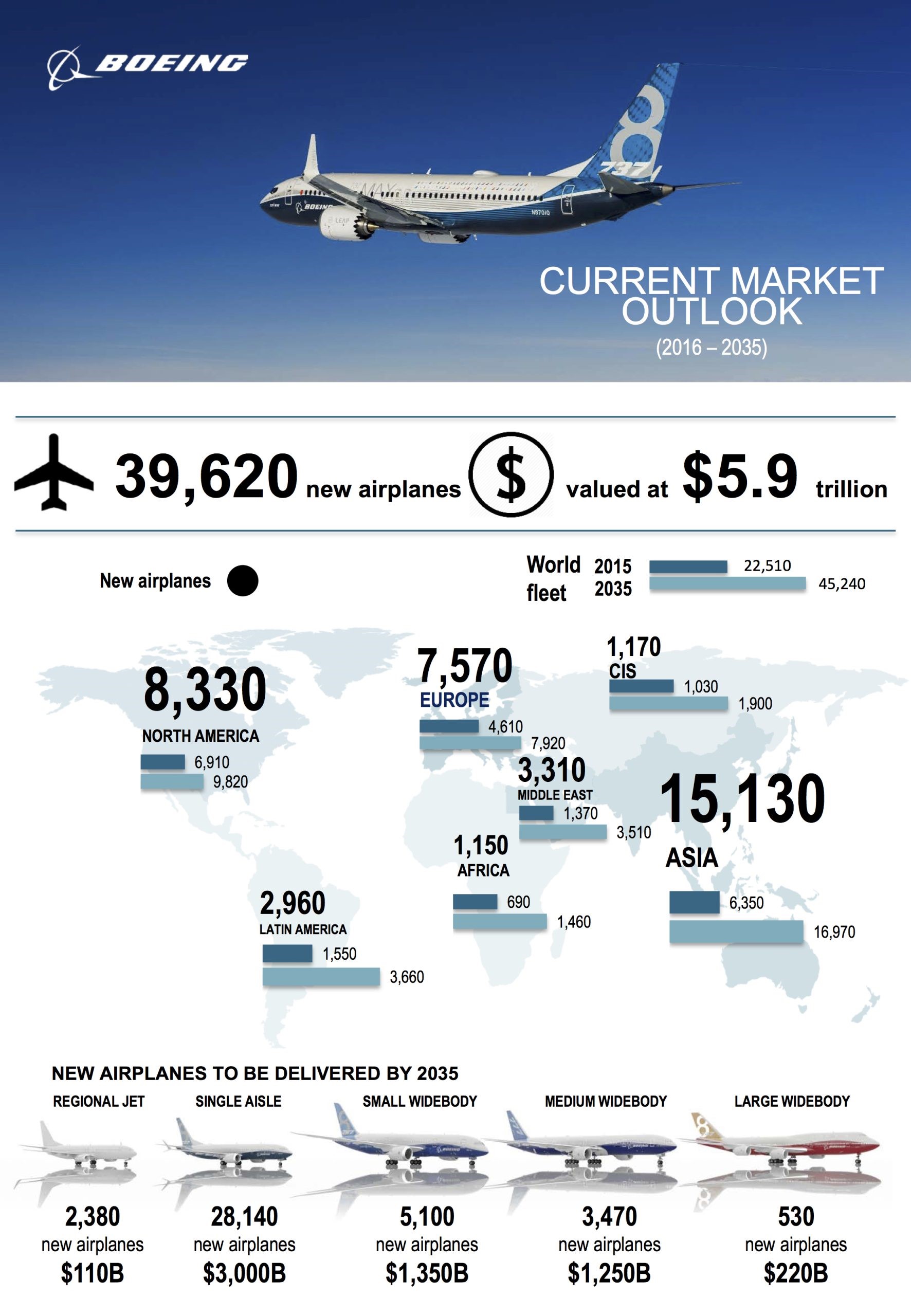
Forecasts from the aviation industry show it expects to grow significantly over the next 20 years. Boeing forecasts that the worldwide number of passenger jets will double to 50,000 planes over the next 20 years. Demand for flights will grow fastest in emerging markets such as India as an expanding middle class embraces air travel.
Boeing argues it has factored decarbonisation into its forecasts. It is confident the increased production of sustainable fuel, technological breakthroughs and operational efficiencies should still allow airlines to reach their decarbonisation goals.
Only time will tell whether it is right to be so confident. Beginning in 2025, fuel uplift at EU airports must contain at least 2% Sustainable Aviation Fuel (SAF). That percentage will increase gradually each year, to 6% by 2030, 20% by 2035, and eventually 70% by 2050. These requirements will apply to all flights originating in the EU, regardless of destination.
This will come at a cost. Even the cheapest sustainable aviation fuel is roughly double the price of kerosene. Although the ramping up of production in the years to come will narrow the gap between the cost of green and non-green jet fuel, in the near to medium term, going green will hit airline finances. Shai Weiss, chief executive of Virgin Atlantic, estimates fares will rise by up to £40.
That is not a huge amount in a world which is becoming richer. Boeing could be broadly right. The cost of decarbonisation will not in itself significantly impact the worldwide growth in aviation.
21 July 2024
No 14: Flying taxis will be noisy
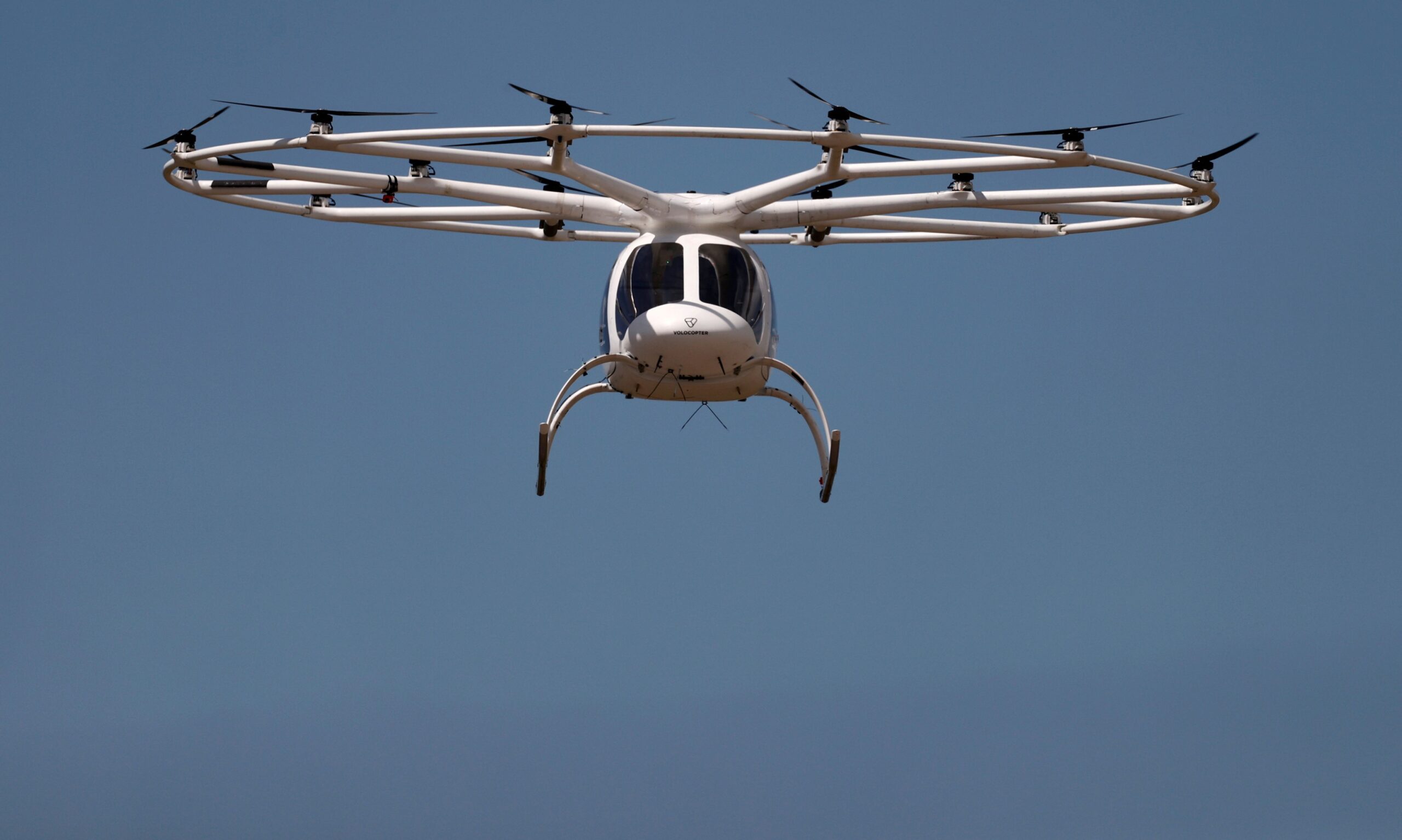
The Paris Olympics are likely to see flying taxis in use.
Flying taxis use six electric motors combined with propellers that can tilt to help them manoeuvre in tight spaces and reach 200mph. They have a 100-mile range between charges, can carry around four people and — at least to begin with — will be piloted.
They will be noisy. A paper (1) produced by internationally-recognised experts for the International Civil Aviation Organisation says “new aircraft technologies for increased mobility are likely to lead to new sources of community noise”.
And it will be a different type of noise. The report found flying taxis “have the potential to alter the community soundscape due to their noise characteristics that are qualitatively different from traditional aircraft.” They will be quieter than traditional planes but they will be lower and the tone of the noise could be more annoying.
The experts compared noise from air taxis with road noise. They found that they were “more annoying than noise from road vehicles when presented at the same loudness”.
We will not just be watching the Olympics. We will also be listening out for flying taxis.
29 July 2024
No 15: Direct train connections between major European cities could be more than tripled using existing tracks

A report published by Greenpeace last month shows that rail connections in Europe could be tripled without and new track required. It analysed 990 routes between 45 major European cities, and found that just 114 routes (12%) are served by direct train connections. There are 305 routes (31%) where a direct connection would be possible using existing tracks. The report found that it would be relatively straightforward to provide a direct connection between these cities.
By contrast the report found that 69% of the routes were served by direct flights. Greenpeace campaigner Herwig Schuster said “It’s time for European governments and the EU to correct this historic imbalance by improving the connectivity and comfort of trains.”
To read the full report: https://greenpeace.at/uploads/2024/07/connectivity_analysis.pdf
4 August 2024
No 16: In praise of a Frequent Flyers Levy

This is the time of the year many people go on holiday. Often to the beach. Many families fly from the Northern European countries to the warmer countries in Southern Europe. For most working families it is something to look forward to. They can only afford to do it once a year. In many cases, just once every two or three years. And they can only afford to do it because of cheap air fares.
I’ve argued in previous blogs that rail fares should be cheaper but at the moment cheap air fares are the only way most families can enjoy their holiday in the sun. A Frequent Flyers Levy would allow these families to take their holiday while increasing the overall level of tax on aviation (at present it is under-taxed as there is no tax on its fuel and no VAT on airline tickets).
How a Frequent Flyers Levy works is this: everybody is allowed one tax-free return flight a year but the level of tax rises with each subsequent flight taken. If would hit the better-off the hardest as 15% of people take 70% of flights
Maybe the revenue raised could go the railways.
More details on the Frequent Flyers Levy
12 August 2024
No 17: Commonsense measures to cut aircraft noise over communities
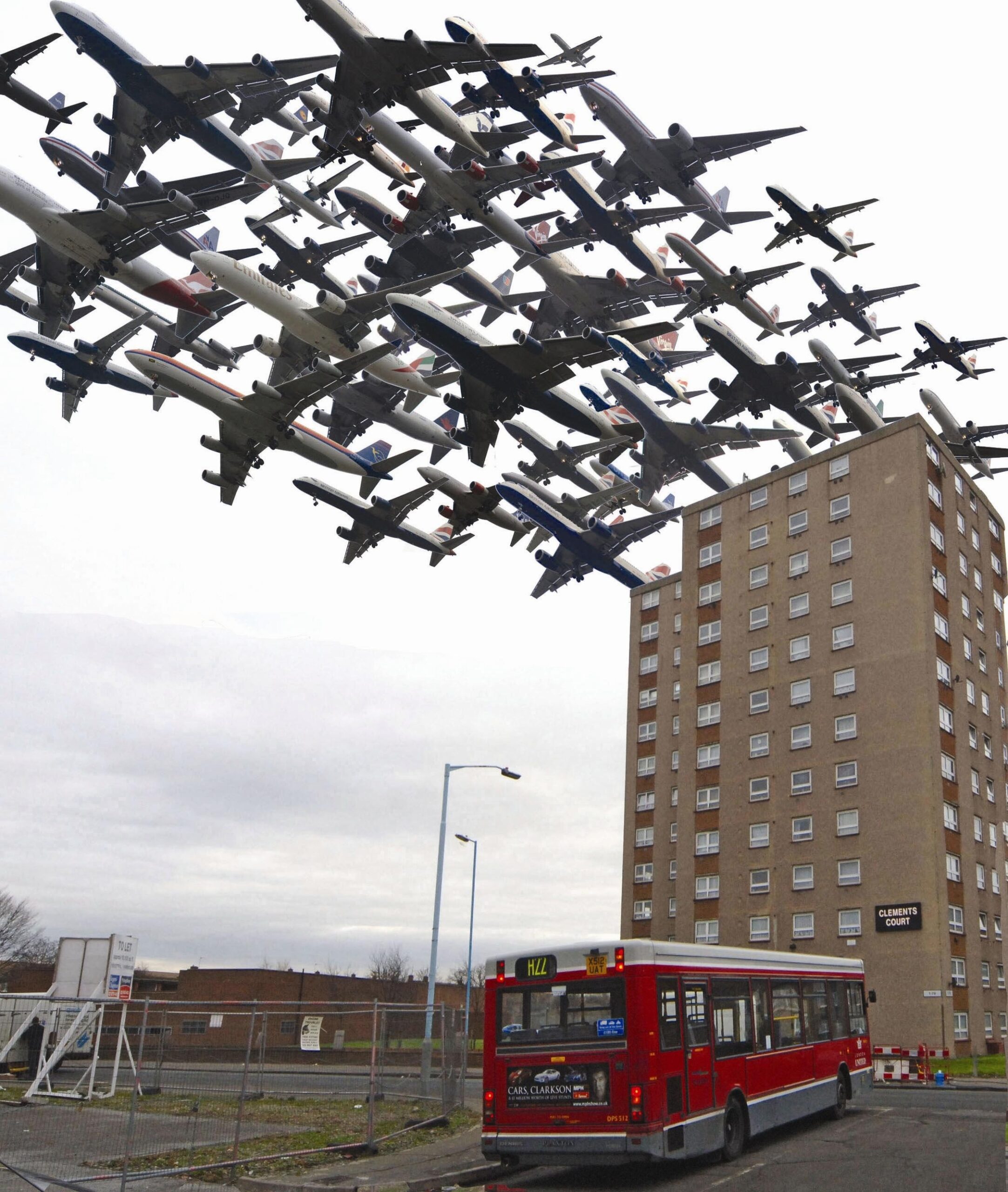 There are many big aviation issues. But there are commonsense, cost-effective measures which governments could introduce quickly that would improve the noise climate for impacted communities.
There are many big aviation issues. But there are commonsense, cost-effective measures which governments could introduce quickly that would improve the noise climate for impacted communities.
- a new national noise indicator to track the long term performance of the aviation sector in reducing noise
- noise caps to become routine at airports where planning permission is given for growth
- all major airports where there is no cap to draw up a noise reduction plan
- the introduction of multiple flight paths to provide respite but the decision will be down to individual airports
- require fair compensation to be paid
- the government or best practice for noise insulation schemes, to improve consistency
- provide more information to people moving into an area under a flight path
- promote best practice in operating procedures;
- direct airports to publish information, such as league tables of airline noise performance
- create minimum standards for noise monitoring around airports
Common-sense measures which will make a big difference without costing a fortune.
19 August 2024
No 18: Aviation does not pay its way
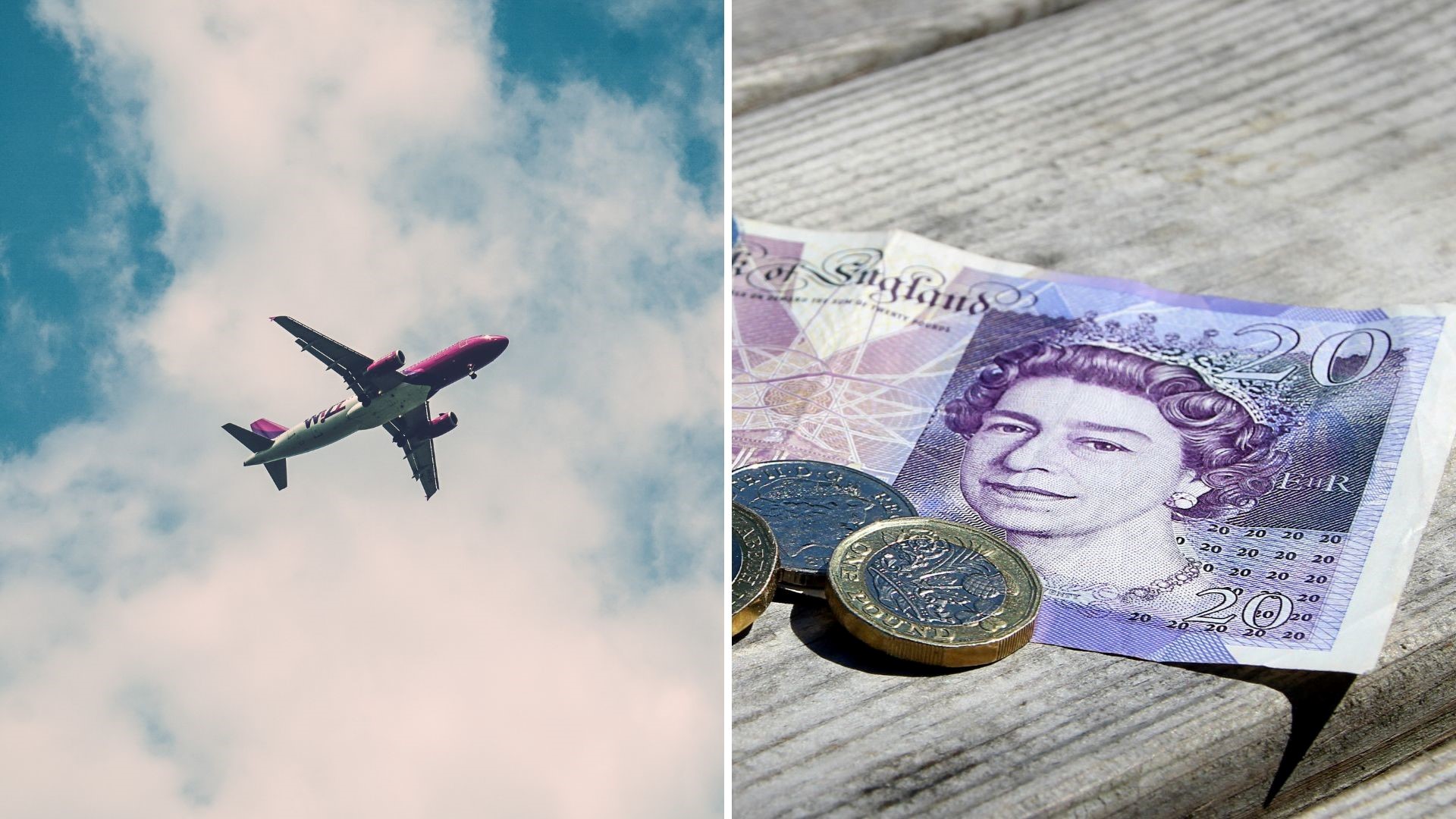
Aviation brings economic benefits. It improves connectivity between countries and continents. That helps businesses to grow and facilitates trade which, in turn, increases prosperity and very often opens up closed societies. In particular, improved links to the emerging economies of the world has an important role in reducing poverty in these countries. Aviation also brings important social and cultural benefits.
But aviation also causes problems for people and the planet. Noise is a major concern for communities impacted by airports. Aircraft are one of the fastest-rising contributors to climate change. And pollution from planes is a growing concern. These downsides of aviation impose an economic cost on society. A 2016 report estimated the costs of aviation noise in the UK alone to be at least £540 million a year. Across Europe the overall environmental costs of aviation, including their impacts on health, amount to billions of euros each year.
Of course, the aviation industry, like any business, also helps to reduce the health burden on society by providing employment because people’s physical and mental health improves if they have a job. This will reduce but not eliminate the huge health and environmental costs aviation imposes on the economies of all countries in Europe.
Aviation already pays a significant amount of tax but it remains under-taxed and should pay its full and fair share of tax. There is no tax on aviation fuel and in most countries there is no tax on airline tickets. As a result, European governments are losing billions of euros in income each year. Some countries have imposed substitute taxes, such as Air Passenger Duty in the UK, but they do not raise the amount of money a tax on aviation fuel and airline tickets would bring in.
The fact the aviation industry is under-taxed also distorts the market. It means that demand for flights is unrealistically high due to low prices. These low prices of course in part are due to the efficiency of many of the budget airlines but they are also the result of under-taxation.
The idea is not to tax aviation out of the air but to ensure it pays its fair share of taxation.
A longer version of this blog can be found on the UECNA website.
25 August 2024
No 19: Low Frequency Noise from Aircraft
I am too old to go clubbing. But nobody who has been to a club will forget the deep bass of the sound systems. You don’t just hear the music. You can ‘feel’ it as well. It pulsates through your body.
This is because of the high levels of low-frequency noise in the music. Aircraft noise also contains high levels of low-frequency. It is a big reason why aircraft noise can be so disturbing.
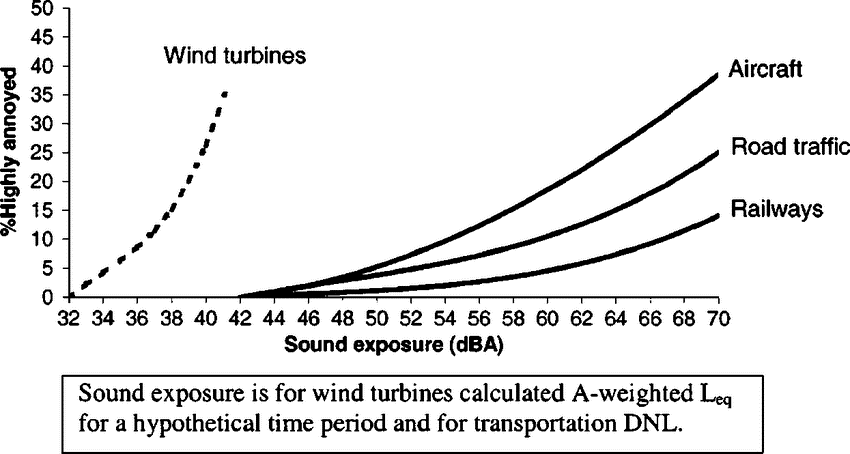
And yet the situation is almost certainly even worse than that graph (from the World Health Organisation) shows. The way aircraft (and wind turbine) noise is measured using ‘A’ weighting doesn’t measure very low-frequency noise and infrasound
‘A’ weighting only is able to measure measuring noise (sounds) in the frequency range (1,000 Hz-6,000 Hz) humans normally hear. Not any lower. Yet it has been known for a long time that human tissue and organs resonate to a range of low and very low frequencies, typically 1-200 Hz.
This suggests that the current ‘A’ weighting does not capture some of the low-frequencies in aircraft noise and which can disturb people. At UECNA we are calling for the authorities to review the use of ‘A’ weighting.
On 16th September UECNA is holding a webinar on ‘The impact of ultrafine particles and low frequency noise on human biology and health’.
8 September 2024
No 20: A revolt against night flights
September 13, 2024 saw the biggest revolt yet against night flights. Well over 100 organisations from across the globe called for a ban on nights.

Night flights are hated by people. They are bad for our health. And most of them are not needed.
Why fly at night?
The EuroControl Report (Trends in Air Traffic Volume 5, 2009) found that there are three reasons given for night flights:
- The airlines use the last hours of the day and the first hours of the night to catch up on delays and ensure their aircraft are in the right place for the next day.
- Night flights allow the budget airlines and the non-scheduled airlines (usually operating holiday charter flights) to make full use of their aircraft. This keeps their costs down.
- Freight at night is necessary because customers want the goods the next day.
We deal with the freight argument first. Most freight does not need to arrive at night. A report from the International Logistics Quality Institute as far back as 2004 found that just 10% of short-distance express freight is time-critical, with no evidence that most of the freight on long-distance night flights is time-critical.
15 September 2024
